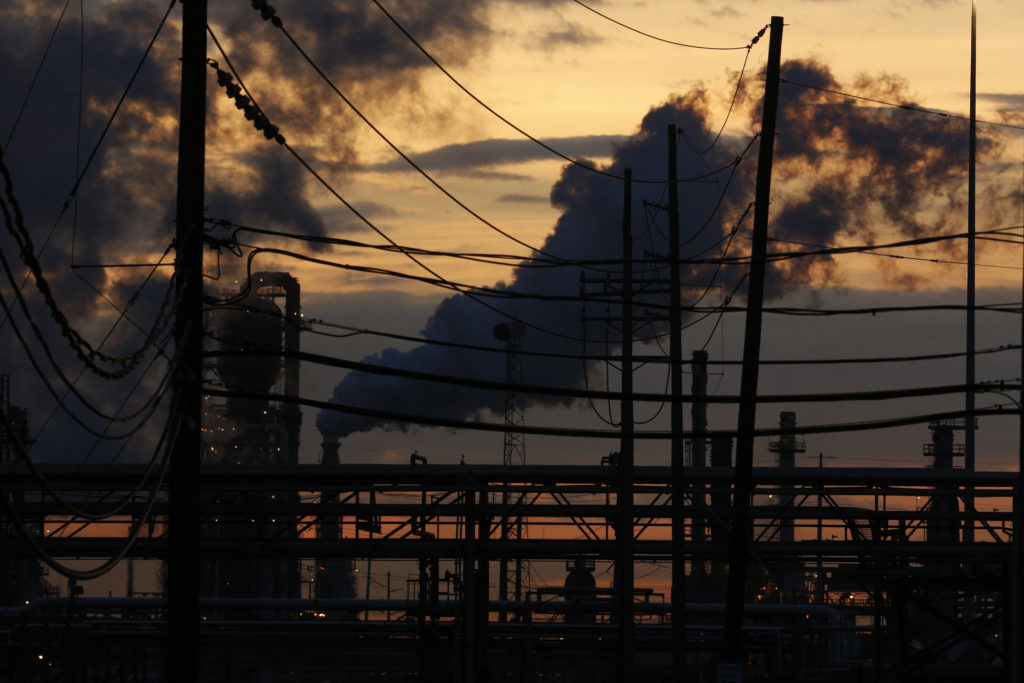
Royal Dutch Shell Plc is demonstrating how tough it is for a massive, 100-year-old oil company to become a friend to the climate.
Shell’s greenhouse-gas emissions rose last year to the highest since 2014, it said Monday. The increase shows the challenge facing Chief Executive Officer Ben van Beurden as his company grows to meet burgeoning energy demand while investors demand a clear path toward a low-carbon future.
“As living standards rise, energy demand could double over the course of the century,” Van Beurden said in Shell’s sustainability report. “The world is going to have to make meeting this demand part of the approach to cutting emissions.”
The company’s direct emissions increased to 73 million tons of carbon-dioxide equivalent in 2017 from 70 million tons a year earlier. That reflected output from refineries it acquired in the U.S., included in the data since last May, and the restart of units at a manufacturing site in Singapore.
While one year of rising emissions should be “immaterial” from an investor standpoint, “it is nevertheless emblematic of the scale of the sustainability challenge,” said Will Hares, an oil analyst at Bloomberg Intelligence.
Investors love additional production when commodity prices are rising, and Van Beurden has pushed growth at Shell as it catches up with U.S. giant Exxon Mobil Corp. But oil-company expansion is difficult without boosting the volume of greenhouse gases released.
About half of Shell’s direct emissions came from refineries and chemical plants last year, while 45 percent were from oil and gas production, and much of the rest from shipping.
Shell insists it’s working to cut greenhouse-gas output. The company plans to spend as much as $2 billion a year on low-carbon energy sources — the most among the so-called super majors — and intends to halve its carbon footprint by 2050. It has made strides in boosting energy efficiency at its plants and has pledged to reduce methane leaks and emissions.
Yet such progress, while often saving money in the long run, can require significant upfront investment. At sites where there’s no infrastructure to capture gas that’s produced during oil extraction, Shell burns it off. Such “flaring,” in places such as Iraq and Nigeria, rose about 8 percent last year.
The company says it’s “working hard” to reduce flaring, but it’s just one of a myriad environmental challenges facing the oil major and its peers as they seek to meet rising demand amid mounting pressure to rein in emissions.
“The landmark UN Paris Agreement has set the planet a clear direction of travel,” Van Beurden said in Shell’s report. The company will be expanding in biofuels, car-charging, renewables and carbon capture, he said, while adding: “Our continued financial resilience is vital.”
Recommended for you
